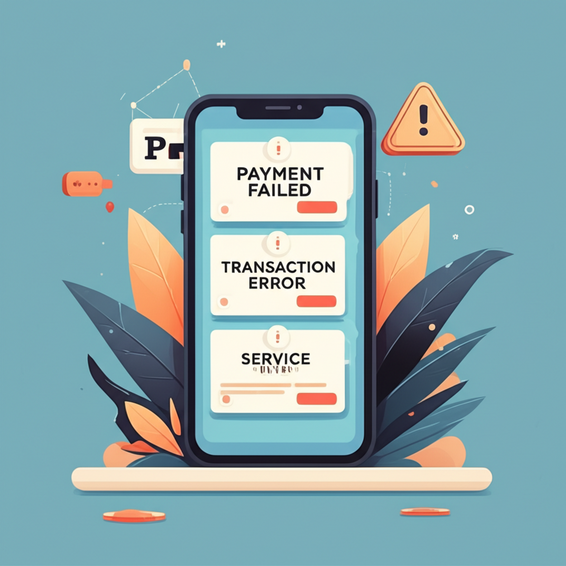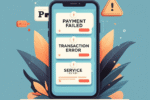The digital payment landscape has transformed dramatically over the past decade. Services like PayPal and Venmo have redefined how transactions are conducted, allowing users to transfer money instantly from the comfort of their smartphones. However, like any technology, these platforms are not immune to outages. In this blog post, we will analyze the recent outages of PayPal and Venmo, their implications for businesses and consumers, and the critical lessons we can learn from these incidents.
What Happened During the Outages?
In recent months, both PayPal and Venmo experienced significant outages that disrupted services for millions of users. These issues resulted in customers being unable to send or receive funds, leading to frustration and confusion. Reports flooded social media as users sought support, only to find that the problem was widespread.
The Impact on Users and Businesses
When these payment platforms go down, the repercussions extend beyond individual users. Small businesses relying on PayPal and Venmo for transactions face immediate financial consequences. Many merchants reported canceled transactions and disrupted sales, showcasing the vulnerability of businesses that rely solely on digital payments.
- Loss of Sales: Many businesses depend on these platforms for seamless payment processing. An outage can lead to substantial loss of revenue.
- Customer Trust: Frequent outages can erode customer trust, making them seek alternatives, which can be detrimental in the long term.
- Operational Delays: Businesses that rely on real-time transactions can face delays in operations, impacting their service delivery.
Analyzing the Causes of Outages
Understanding the causes behind such outages is essential for prevention. Typically, outages can be attributed to:
- Server Overload: Spikes in user activity can lead to server overload, causing disruptions in service.
- Technical Failures: Bugs in the system or failure in software updates can unexpectedly bring down services.
- Security Breaches: Outages can sometimes be a result of cyber-attacks, where malicious attempts disrupt normal operations.
Learning from the Incidents
Both PayPal and Venmo have responded to the incidents by enhancing their infrastructure to manage increased traffic and implementing more stringent security measures. The critical takeaway for users and businesses alike is the importance of having contingency plans and alternative payment methods available during outages.
Alternative Payment Solutions
Exploring alternative payment solutions can alleviate some stress caused by outages. Some options to consider include:
- Stripe: A flexible platform for online payments that offers a suite of tools for e-commerce.
- Square: Popular among merchants, Square provides alternative methods for transaction processing.
- Cryptocurrency: For users comfortable with digital currencies, exploring payment via cryptocurrency can serve as a viable alternative.
Conclusion
Outages like those experienced by PayPal and Venmo serve as a stark reminder of the reliance on digital payment systems. As users, it is critical to stay informed and be prepared. Businesses must adopt robust multi-payment strategies, while consumers should consider alternative payment methods. By learning from these incidents, we can navigate the future of digital transactions more effectively.








